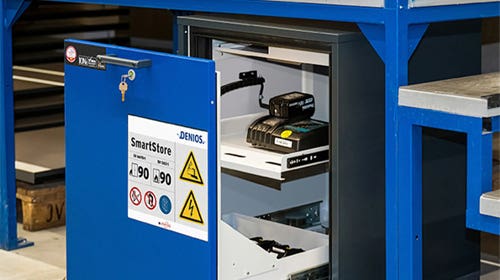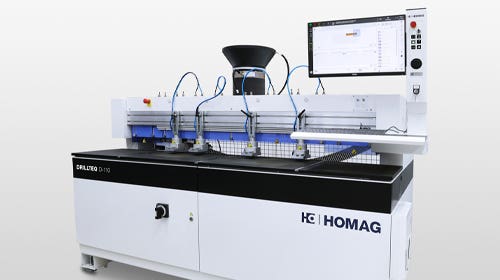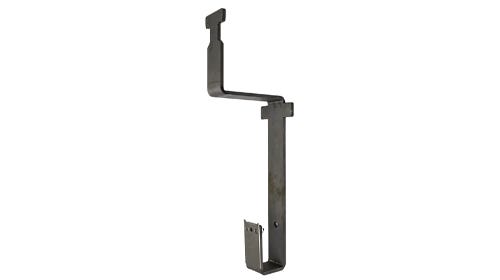Soft maple sales have some staying power
As fall began, soft maple (Acer rubrum) proved to be a strong seller, according to suppliers and distributors interviewed by Woodshop News. They suggest the species is attractive to woodworkers…
As fall began, soft maple (Acer rubrum) proved to be a strong seller, according to suppliers and distributors interviewed by Woodshop News. They suggest the species is attractive to woodworkers because it’s widely available and found at a more affordable price than other leading hardwoods. They also believe versatility plays a part in that it’s both easy to work and because its light hue makes it ideal for a variety of finishes.
“Sales are up about 10 percent from last year. For us, [soft maple] is more popular than hard maple because it machines better. Hard maple is a little more dense,” says Geoff Hillenmeyer of Middle Tennessee Lumber Co. in Burns, Tenn.
“It’s one of the more popular cabinet woods being used currently. [Woodworkers] like the closed grain and they like that they can change the color on it. It’s very hard to stain, but a lot of people stain it at a lot of variations because it starts at white. It accepts stain a little better than hard maple, but a little less consistently.”
Also known as red maple, the widespread species grows primarily in the northeastern U.S. and as far south as Tennessee, with some of the best growing areas in Virginia, Pennsylvania and New York. Hard maple (Acer saccharum), also known as sugar maple or black maple, tends to grow more in the central U.S., through Kentucky up into New York and Canada.
Tim Girardi of Northland Corp. Hardwoods in La Grange, Ky., says sales are up a little bit, influenced by two factors. One reason is that cabinet manufacturers are following a consumer trend of lighter-hued woods for kitchen cabinetry. Price fluctuations with hard maple also play a role.
“When hard maple goes high on price, then people substitute soft maple for it. Right now, pricing is about the same between hard and soft. Some people will stay with the soft maple now because eventually when the hard maple does go up they don’t want to lose their sources with the soft maple,” says Girardi.
“Hard maple has better color consistency. Soft maple, when you work with it, it has a tendency to blotch when you’re staining. If it were up to me, as far as a kitchen cabinet goes, I’d rather have hard maple instead of soft maple because hard maple is a little bit harder and has a higher compression factor. If you drop a plate on it, it won’t dent as much as soft maple will.”
While woodworkers tend to stick with whichever species they prefer, he predicts more will soon gravitate to the soft maple when market fluctuations take place.
“As the market tightens up, the export market will come into the picture and they’ll take a lot of hard maple, which will drive the price way up. So a lot of these guys will switch over to soft maple. Not a lot, but enough to influence the price of the soft maple.”
Trevor S. Vaughan of Ron Jones Hardwood Sales in Union City, Pa., is also experiencing strong soft maple sales. As a supplier to distributors, his company sorts soft maple into three product types including premium and standard white grades and a brown grade.
“Sales are good with the species both in the white product and the brown. Even though pricing is very similar to hard maple, it’s typically less expensive, but not necessarily right now. But I think it’s really because of the versatility and ease of working with it. It can be stained to look like other species,” says Vaughan.
This article originally appeared in the October 2012 issue.







